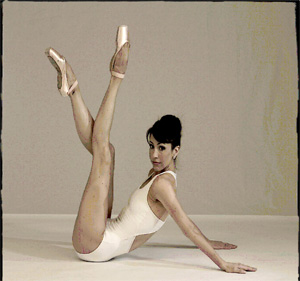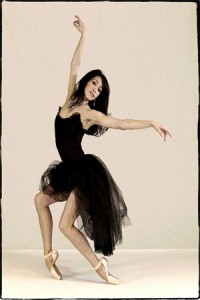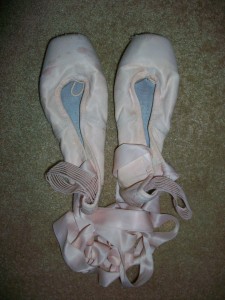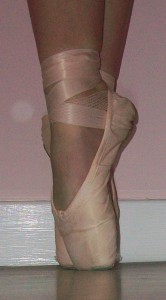by Emily Kate Long
 The story-poem “A Strider’s Ballet” by Joseph Curtin (Mustard Perceptions) begins as A Midsummer Night’s Dream and ends as the Book of Revelation. Curtin tells a short tale of the wonders of nature, of spoiled purity, and of that transient and insubstantial place between sleep and wake in verse that is sometimes bouncy, sometimes fluid, sometimes stumbling, sometimes frantic, and always vivid and emotional.
The story-poem “A Strider’s Ballet” by Joseph Curtin (Mustard Perceptions) begins as A Midsummer Night’s Dream and ends as the Book of Revelation. Curtin tells a short tale of the wonders of nature, of spoiled purity, and of that transient and insubstantial place between sleep and wake in verse that is sometimes bouncy, sometimes fluid, sometimes stumbling, sometimes frantic, and always vivid and emotional.
In a nine-verse prologue, Curtin engages our senses with the sights and sounds of a secluded wood in what feels like late afternoon. The scene is romantic and rich with anticipation, and we are introduced to the ballerina, a water-strider, and her audience, a young man. “…In his ear, a charm she speaks!”
The tale that follows is related in a prelude, three acts, and a finale over twenty-five pages. Curtin employs biblical imagery and motifs of light versus dark and good versus evil with powerful effect. Many of his themes are those used traditionally in story ballets: the Strider as a ballerina in white like the Sylphide, Giselle, Odette, or Nikiya; dark, mysterious, and threatening strangers like Von Rothbart, Kotschei, Madge, or Abderman; and a young man admirer—James, the Poet, Ivan, Solor, Albrecht, Jean de Brienne, or Siegrfried. And of course, what story ballet doesn’t have a dream or woodland scene? In the protagonist’s subconscious are other places too—crowded and smoggy city streets, an unsavory carnival—where confusion and corruption threaten to destroy him.
Curtin’s verse is wonderfully illustrative both of the story’s setting and of the protagonist’s emotions and struggles. This story-poem is not just about a man in the woods or about the fear of loss but about how the purity, beauty, and goodness of art and love elevate us all to something greater. The protagonist says of the Strider: “A messenger of light, harbinger/ of peace…Dancing rejoicing!/ Tranquility of hope and love.” A Strider’s Ballet is an engaging and thoughtful read, and would make a tempting libretto for choreographers, composers, and designers alike.

Contributor Emily Kate Long began her dance education in South Bend, Indiana, with Kimmary Williams and Jacob Rice and graduated in 2007 from Pittsburgh Ballet Theatre School’s Schenley Program. Ms Long attended Milwaukee Ballet School’s Summer Intensive on scholarship before being invited to join Milwaukee Ballet II in 2007. She also has spent summers studying at Saratoga Summer Dance Intensive, Miami City Ballet, Pittsburgh Ballet Theatre School, Pittsburgh Youth Ballet, and Ballet Chicago.
Ms Long has been a member of Ballet Quad Cities since 2009. She has danced featured roles in Deanna Carter’s Ash to Glass and Dracula, participated in the company’s 2010 tour to New York City, and most recently performed the title role in Courtney Lyon’s Cinderella and the role of Clara in The Nutcracker. Prior to joining Ballet Quad Cities Ms Long performed with Milwaukee Ballet and MBII in Michael Pink’s The Nutcracker and Candide Overture, Petipa’s The Sleeping Beauty and La Bayadére, Balanchine’s Who Cares?, Bournonville’s Flower Festival in Genzano and Napoli, and original contemporary and neoclassical works by Tom Teague, Denis Malinkine, Rolando Yanes, and Petr Zaharadnicek.









